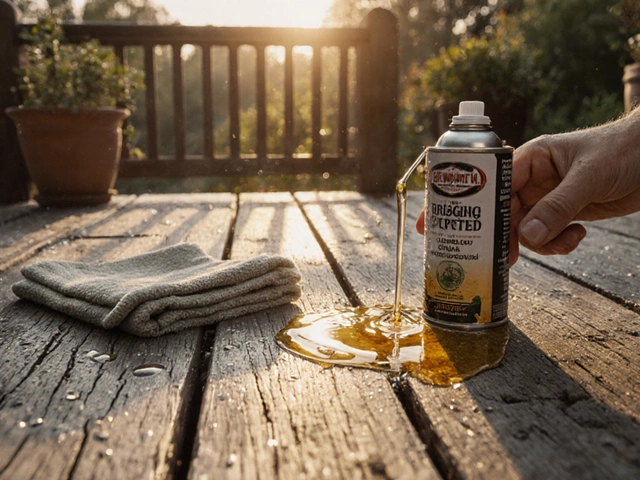Plant Fungus: Quick Ways to Spot, Stop, and Solve It
If you’ve ever seen white powder on leaves or dark circles on stems, you’ve met plant fungus. It’s frustrating, but you don’t need a chemistry degree to handle it. A few everyday habits can keep most fungal attacks at bay, and when they do show up, you’ll know exactly what to do.
Common Types of Plant Fungus
Gardeners usually battle five culprits:
- Powdery mildew – white, dusty patches on leaf tops. It loves humid days and poor air flow.
- Downy mildew – fuzzy, green‑ish growth on the underside of leaves, often seen in cooler, wet weather.
- Rust – orange or reddish specks that look like tiny rust spots. It spreads fast if you let it.
- Leaf spot – brown or black circles that may have a yellow halo. Most leafy veggies get it.
- Root rot – mushy, dark roots caused by water‑logged soil. It kills plants from the bottom up.
Knowing which one you’re dealing with helps you pick the right fix. Look at where the fungus appears, its color, and the weather that triggered it.
Easy Ways to Keep Fungus Away
Most fungal problems start with a few simple mistakes. Here’s what you can change today:
- Water at the base – Never spray leaves. Watering the soil keeps leaves dry, which fungi hate.
- Space plants properly – Crowded foliage traps moisture. Give each plant room to breathe.
- Prune dead stuff – Remove wilted leaves and stems as soon as you see them. They’re perfect breeding grounds.
- Improve drainage – Add sand or compost if soil stays soggy. Good drainage stops root rot.
- Use mulch wisely – Keep mulch a few centimeters away from stems. Mulch holds moisture, but direct contact fuels fungus.
These habits cost almost nothing but cut fungal attacks dramatically.
Natural sprays work, too. Mix one tablespoon of baking soda, half a teaspoon of liquid soap, and a gallon of water. Spray every week to stop powdery mildew. A teaspoon of neem oil in a liter of water fights most leaf spot fungi. For root rot, a sprinkle of cinnamon on the soil surface can deter fungal growth.
If a plant looks beyond repair – wilted, blackened, and emitting a foul smell – it’s okay to pull it out and destroy the debris. Leaving it in the garden spreads spores.
When home tricks fail, consider a commercial fungicide labeled for the specific disease. Follow the label, wear gloves, and avoid over‑application – too much chemical can harm beneficial microbes.
Bottom line: catch fungal problems early, adjust watering and spacing, and use a simple homemade spray. With these steps, you’ll spend more time enjoying thriving greens and less time fighting mold.
White Stuff on Ferns: What It Is and How to Handle It
If you've spotted weird white stuff on your fern, you're not alone—this is a common issue for indoor gardeners. Learn what causes the white fuzz or spots, ranging from harmless mineral deposits to annoying pests or fungus. We’ll break down how to identify what you’re dealing with, why it happens, and how to fix it without making things worse. Get simple, real-life advice to keep your fern happy and healthy. This guide covers everything from prevention to safe cleaning methods.
About
Indoor Plant Care
Latest Posts


Victorian Terrace House: Key Features, Layout, and How to Spot One
By Alden Thorne Sep 9, 2025

Which Flower Is Most Grown in India? The Top Cultivated Bloom and Why It Dominates
By Alden Thorne Oct 30, 2025

Discovering the Most Unhealthy Foods and Healthier Options in Vegetable Gardening India
By Alden Thorne Jan 30, 2025

